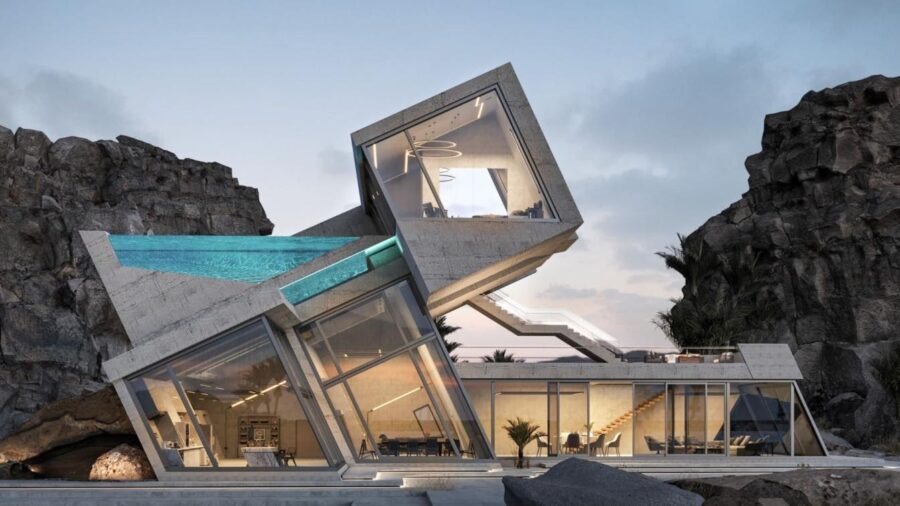Brutalism, known for its raw concrete structures and bold geometric forms, is making a comeback in the world of art and architecture. Initially popularized in the mid-20th century, this architectural style was often criticized for its austere appearance and perceived lack of warmth. However, in recent years, there has been a renewed appreciation for brutalism’s unique aesthetic and cultural significance. Art institutions and contemporary architects are increasingly embracing brutalist design, celebrating its unapologetic honesty and bold presence while adapting it to meet modern needs.
Iconic Brutalist Art Spaces
Several renowned art institutions exemplify brutalist architecture, offering striking settings for exhibitions and public engagement. Notable examples include Boston City Hall, the Barbican Centre in London, and the National Gallery of Modern Art in London. These buildings, with their imposing forms and expressive use of raw materials, create an immersive environment that enhances the artistic experience. The stark, unpolished surfaces of brutalist structures provide a compelling contrast to the often delicate nature of artwork, allowing pieces to stand out in an environment that fosters both contemplation and creativity.
Brutalist spaces also serve as cultural landmarks, drawing in visitors not only for their art collections but also for their architectural grandeur. The interplay of light and shadow in these monolithic structures creates a unique atmosphere, elevating the experience of viewing contemporary and modern art. Many of these buildings are being repurposed and revitalized, preserving their historical integrity while adapting to contemporary exhibition needs.
Sustainability and Functionality in Brutalism
As sustainability becomes a driving force in architectural design, brutalism’s emphasis on durable materials and minimalist forms aligns with modern environmental goals. Concrete, while often criticized for its carbon footprint, is an incredibly long-lasting material that requires minimal maintenance. Additionally, many brutalist buildings were designed with passive cooling and lighting strategies, reducing their energy consumption.
Incorporating sustainability into brutalist structures has led to innovative adaptations, such as green roofs, improved insulation, and energy-efficient lighting. These updates make brutalist art spaces more functional and eco-friendly, ensuring they remain relevant in an era of climate-conscious design. The integration of sustainable practices into brutalist architecture reinforces its longevity and continued relevance in contemporary art spaces.
The Debate: Relic or Timeless Expression?
While some critics argue that brutalism is a relic of the past, its resurgence in art spaces suggests otherwise. Many architects and curators view brutalism as an opportunity to challenge conventional notions of beauty and functionality. By reimagining these structures, art institutions can create dynamic spaces that invite dialogue and exploration.
Beyond nostalgia, brutalism’s revival reflects a broader acceptance of diverse architectural styles. In an era where glass and steel dominate urban landscapes, brutalist buildings stand as a counterpoint, emphasizing materiality, form, and texture. They offer a sense of permanence and authenticity that many contemporary designs lack.
The Future of Brutalist Art Spaces
Brutalist architecture continues to inspire contemporary architects and designers who see its potential beyond its historical context. As art spaces evolve, the principles of brutalism, raw materials, geometric precision, and structural honesty, are being adapted to new projects. The use of exposed concrete, modular forms, and industrial aesthetics remains a powerful design choice, especially in spaces dedicated to experimental and avant-garde art.
As cities reconsider how they preserve and repurpose their architectural heritage, brutalist structures are finding new life. Whether through adaptive reuse, restoration, or modern reinterpretation, brutalist art spaces are proving to be more than relics, they are evolving symbols of artistic expression and cultural dialogue.
In this context, brutalism is not merely a remnant of the past but a continuing force in contemporary design. Its raw, unfiltered aesthetic continues to provoke thought, inspire creativity, and challenge traditional ideas of what art spaces should be.









